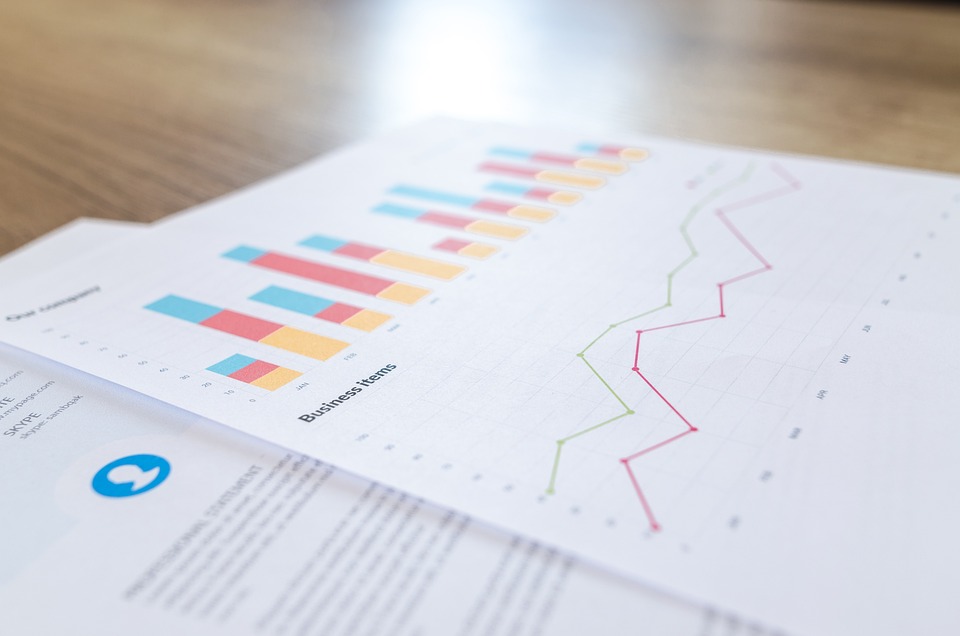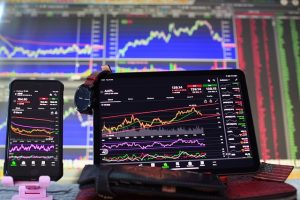
The world of cryptocurrency trading is always evolving, with new technologies, regulations, and market dynamics constantly reshaping the landscape. As we delve into the latest trends and developments in crypto trading and investment, it’s essential to stay informed about the most effective strategies, emerging blockchain technologies, and lucrative investment opportunities. This article aims to provide a comprehensive overview of the current state of crypto trading strategies, highlighting key insights and developments from various sources.
The Rise of Algorithmic Trading in Crypto Markets
One of the most significant trends in the crypto trading world is the increasing use of algorithmic trading strategies. Algorithmic trading involves using computer programs to execute trades based on predefined criteria, such as timing, price, or volume. This approach can enhance efficiency, reduce the impact of human emotion on trading decisions, and exploit market inefficiencies.
Advantages of Algorithmic Trading
– **Speed and Efficiency**: Algorithms can process vast amounts of data and execute trades at speeds no human trader can match.
– **Backtesting Capabilities**: Traders can backtest their strategies using historical data to refine their approach before deploying capital.
– **Diversification**: By running multiple algorithms simultaneously, traders can diversify their strategies to mitigate risk.
Challenges
– **Technical Complexity**: Developing and maintaining trading algorithms requires a significant level of technical expertise.
– **Market Volatility**: The highly volatile nature of crypto markets can lead to unpredictable outcomes, sometimes outpacing the algorithm’s ability to adapt.
Decentralized Finance (DeFi) and Its Impact on Trading Strategies
Decentralized Finance, or DeFi, is transforming traditional trading strategies. By leveraging blockchain technology, DeFi platforms offer financial instruments without the need for intermediaries like banks or brokers. This shift has led to the emergence of new trading strategies, particularly those focusing on yield farming and liquidity mining.
Yield Farming and Liquidity Mining
– **Yield Farming**: Investors lend or stake their crypto assets in a DeFi protocol to earn interest or fees in return, often involving complex strategies moving assets across multiple platforms to maximize returns.
– **Liquidity Mining**: Users provide liquidity to a DeFi protocol and in return, receive governance tokens, which can appreciate in value, as an additional reward.
These strategies, while potentially profitable, come with their own set of risks, including smart contract vulnerabilities and impermanent loss.
The Role of Artificial Intelligence and Machine Learning
Artificial Intelligence (AI) and Machine Learning (ML) are starting to play a crucial role in developing advanced crypto trading strategies. These technologies can analyze vast datasets to identify patterns, predict market movements, and automate trading decisions.
Potential Benefits
– **Predictive Analytics**: AI/ML can forecast market trends and volatility with a higher accuracy rate, aiding in more informed trading decisions.
– **Sentiment Analysis**: By analyzing social media and news, AI can gauge market sentiment, providing traders insights into potential market movements.
Considerations
While AI and ML offer promising advancements, their effectiveness is contingent upon the quality of the data and the complexity of the algorithms. Traders should approach these tools as part of a broader strategy, considering the inherent unpredictability of the crypto markets.
Regulatory Environment and Its Impact on Trading Strategies
Regulatory developments are crucial in shaping the crypto trading environment. As governments and financial authorities worldwide begin to establish clearer guidelines, traders need to stay informed about the regulatory landscape to ensure compliance and adjust their strategies accordingly.
Recent Developments
– **Increased Scrutiny**: Many jurisdictions are increasing their oversight of crypto markets, focusing on consumer protection and preventing financial crimes.
– **Framework for Innovation**: Some regions are establishing regulatory sandboxes to encourage innovation while maintaining oversight, potentially leading to more stable and accessible markets.
Regulatory changes can significantly impact market dynamics, influencing liquidity, market access, and the viability of certain trading strategies.
Conclusion: Adapting to an Evolving Market
The world of crypto trading is in a constant state of flux, driven by technological advancements, regulatory changes, and the innovative spirit of the crypto community. Successful traders will be those who remain agile, continuously educating themselves about new developments and refining their strategies in response to an ever-changing market.
As we look to the future, the integration of AI and ML in trading strategies, the growth of DeFi, and the evolving regulatory landscape are poised to redefine the boundaries of what’s possible in crypto trading. By staying informed and adaptable, traders can navigate these changes, capitalizing on new opportunities while mitigating risks.
In summary, the current landscape of crypto trading strategies is complex and multifaceted. By leveraging technology, understanding the implications of DeFi, and staying abreast of regulatory developments, traders can position themselves to thrive in this dynamic and exciting market.
#ChatGPT assisted in the creation of this article.





